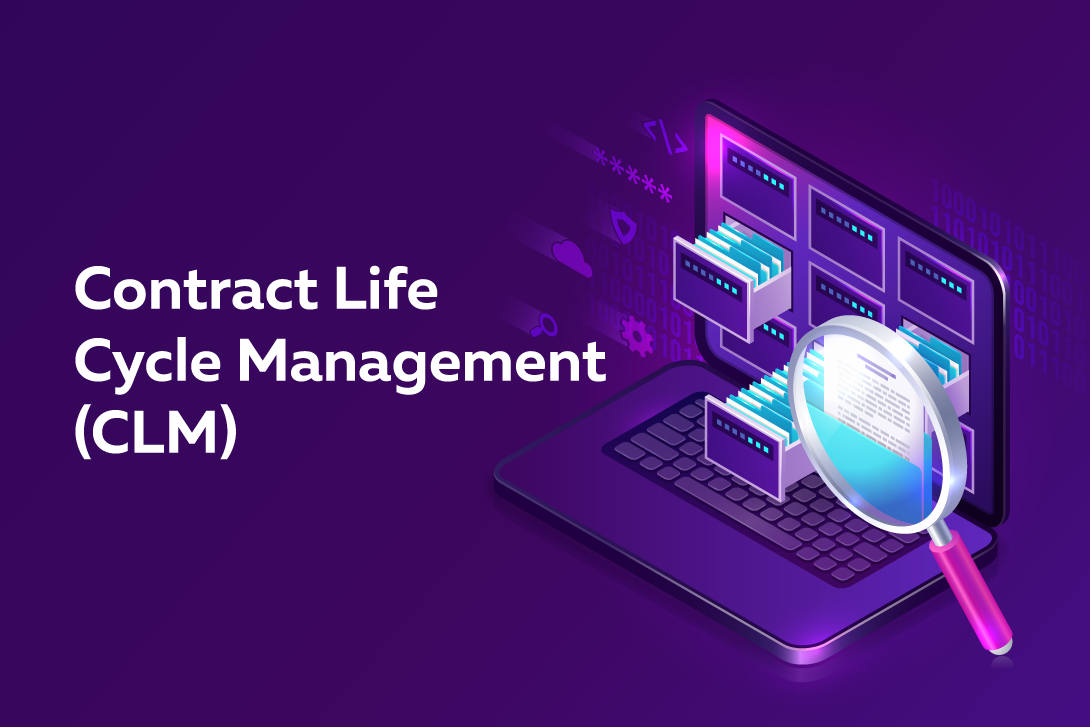
Businesses that want to stand out and stay competitive in the market face many challenges, on a daily basis. Aspects related to the purchase of inputs, raw materials and service provision are some of them. Therefore, it has been increasingly urgent to search for expert suppliers, who share the same values and who nurture ESG practices in their processes. In fact, factors like these drive growth and innovation. And that’s where the concept of a business partner – not just a mere supplier – comes in.
In this sense, besides having a P2P (Procure-to-Pay) tool, the automation of supplier management is vital for organizations that want to achieve their goals. By adopting a Supplier Relationship Management (SRM) solution, all supplier relationship management is consolidated in a single on-line environment – where you can control risks and performance, in addition to the classic price, deadline and quality items.
See below the 5 practices of the SRM solution that will allow deploying an efficient supplier management process in your company:
1. Registration
The supplier registration step is one of the most important, as it enables businesses checking, at this point, whether the future partners meet the minimum legal requirements. When the registration is done manually, buyers waste a lot of time checking information with the respective public entities, and filling in Excel spreadsheets, which can become outdated later.
With a Supplier Relationship Management (SRM) solution, you can have agile interaction between buyers, suppliers and external bases (Internal Revenue Service, Sintegra and e-Social, for instance). Partner registrations are consolidated in a single on-line tool, which checks the registration status of each supplier automatically.
2. Certification
The certification of suppliers is crucial to keep under control any possible risks that can impair the quality of provided products or services, along with the reputation of your company. In the certification process, fiscal, labor, financial, technical & operational, environmental and social responsibility aspects are verified, in addition to compliance with the buyers’ internal rules.
As with the registration stage, the manual certification of suppliers requires a lot of time from buyers, and also increases the possibility of failures in the information check step. With an SRM solution, different automated certification and supplier risk classification processes can be created, according to the company’s needs.
3. Evaluation
To reduce supplier-related risks, supplier’s performance can be evaluated, on a regular basis, throughout the supply period. In most cases, the supplier evaluation step is carried out through a questionnaire, with questions that must be answered by requesters, service managers and the suppliers themselves.
With a specific digital tool, the evaluation of partners can be conducted by the IDF – Supplier Performance Index, which displays suppliers’ scores and ranking positions. You can also configure supplier blocking, if they don’t reach the minimum required score for the supply.
4. Third party management
The management of third parties is an increasingly apparent issue in businesses. To decrease the risks of labor co-responsibility, it’s vital to have access to data on contracted companies and their employees – such as aspects related to health and safety at work. The SRM solution is a tool that provides a consolidated environment to the contracted company, to register all data of those employees who will be hired, thus streamlining the management of third parties.
5. Inspection
Inspection is a complementary survey to the certification, evaluation and third-party management processes. When choosing an SRM solution, the supplier inspection practice allows setting several processes related to technical visits, for instance, such as the creation of specific forms for each type of inspection.
Additionally, it enables creating final scores, with the addition of the supplier’s evaluation and certification results. Such activities can be carried out internally or by specialized companies, keeping information consolidated in a single on-line environment.
Now that you have learned about the main practices of an efficient supplier management, know the details of our own Supplier Relationship Management (SRM) solution.
Contact a Mercado Eletrônico expert by clicking on “I want to know the solution”, on this link.


 Português do Brasil
Português do Brasil Español
Español Português
Português

Olá!
O ME é uma empresa que trabalha com softwares SRM ou SCM? Ou, talvez, ambos?
Obrigada
Olá, Tais! O ME conta com a solução de SRM para gestão de fornecedores. Você pode falar com um de nossos especialistas no e-mail comercial@me.com.br